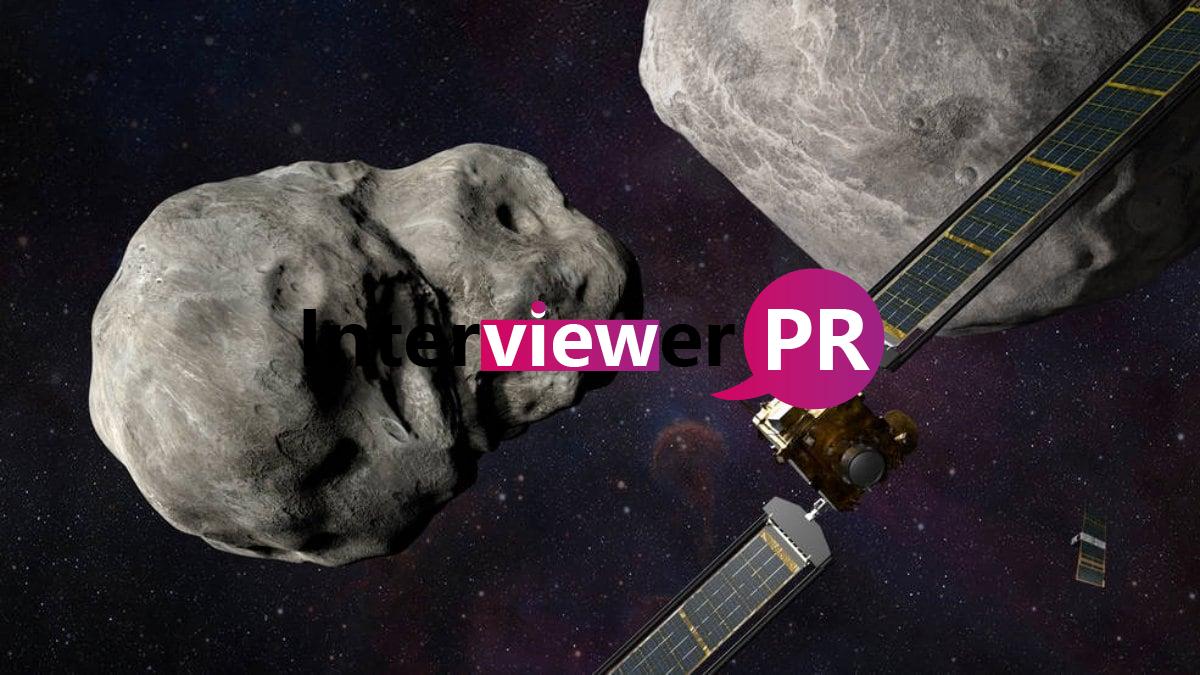Does scientist take this asteroid as a hazard?
An enormous asteroid—big enough to leave a six-mile-wide crater and darken the world with dust. If it hit Earth—will harmlessly zip by our planet on April 29. The object, called 1998 OR2, is at least a mile wide, and while it poses no threat. It will pass within four million miles of our planet—close enough to be classified by NASA as “potentially hazardous,”. Because it will continue to make close passes to Earth in the future as both objects orbit the sun.
“It’s just a whopping big asteroid,” says Amy Mainzer of the University of Arizona. She is one of the planet’s leading scientists in asteroid detection and planetary defense. “It’s smaller than the thing thought to have caused the extinction of the dinosaurs. But it is easily capable of causing a lot of damage.”
NASA launches a mission
NASA will launch a mission this November to strike an asteroid that may pose a threat to Earth. NASA’s Double Asteroid Redirection Test (DART) mission will be launch in order to prevent a hazardous asteroid from striking Earth. The mission is set to launch at 10:20 pm PST, November 23 (10:50 am IST on the following day). DART will be launch aboard a SpaceX Falcon 9 rocket from Vandenberg Space Force Base in California, US. The launch will cover live and will air on NASA TV, the NASA app, and its website. The space agency has also called for media coverage of the event.
DART will be NASA’s first demonstration of the kinetic impactor technique. Where one or more high-speed aircraft will be sent to intercept the path of an approaching near-Earth object, the agency said in a press release. This interception could change the trajectory of the object and hence prevent a collision. DART is a planetary defense-driven test of technologies that will surely direct at the binary near-Earth asteroid Didymos.
- Advertisement -
What is it and how does it work?
Didymos is a binary asteroid with two parts? Its primary body is approximately 2,559 feet (780m) across and its secondary body (known as its moonlet) is about 525 feet (160m) in size. The moonlet’s size is typical of space objects that are most likely to cause a threat to Earth. The Didymos binary is being currently observe using telescopes on Earth to precisely measure its properties.
After separation from the launch vehicle, DART will cruise for over a year. Then, it will intercept Didymos’ moonlet in late September 2022, when the Didymos system will be at a distance of 6.8 million miles (11 million kilometers) from Earth. The kinetic deflection will be achieved as DART deliberately crashes against the moonlet. The crash will take place at a speed of approximately 6.6 km/s.
DART will be aid with an onboard camera (named DRACO) and sophisticate autonomous navigation software. Once launch, DART’s Roll Out Solar Arrays (ROSA) will be deploy to provide the machinery with the required solar power which we need for its electric propulsion system.
DART’s collision with the moonlet will change the near-Earth object’s speed in its orbit around the primary asteroid body by only a fraction of one per cent. But the moonlet’s orbital period will change by several minutes. This will allow enough time for scientists to observe and measure the event through telescopes on Earth.


